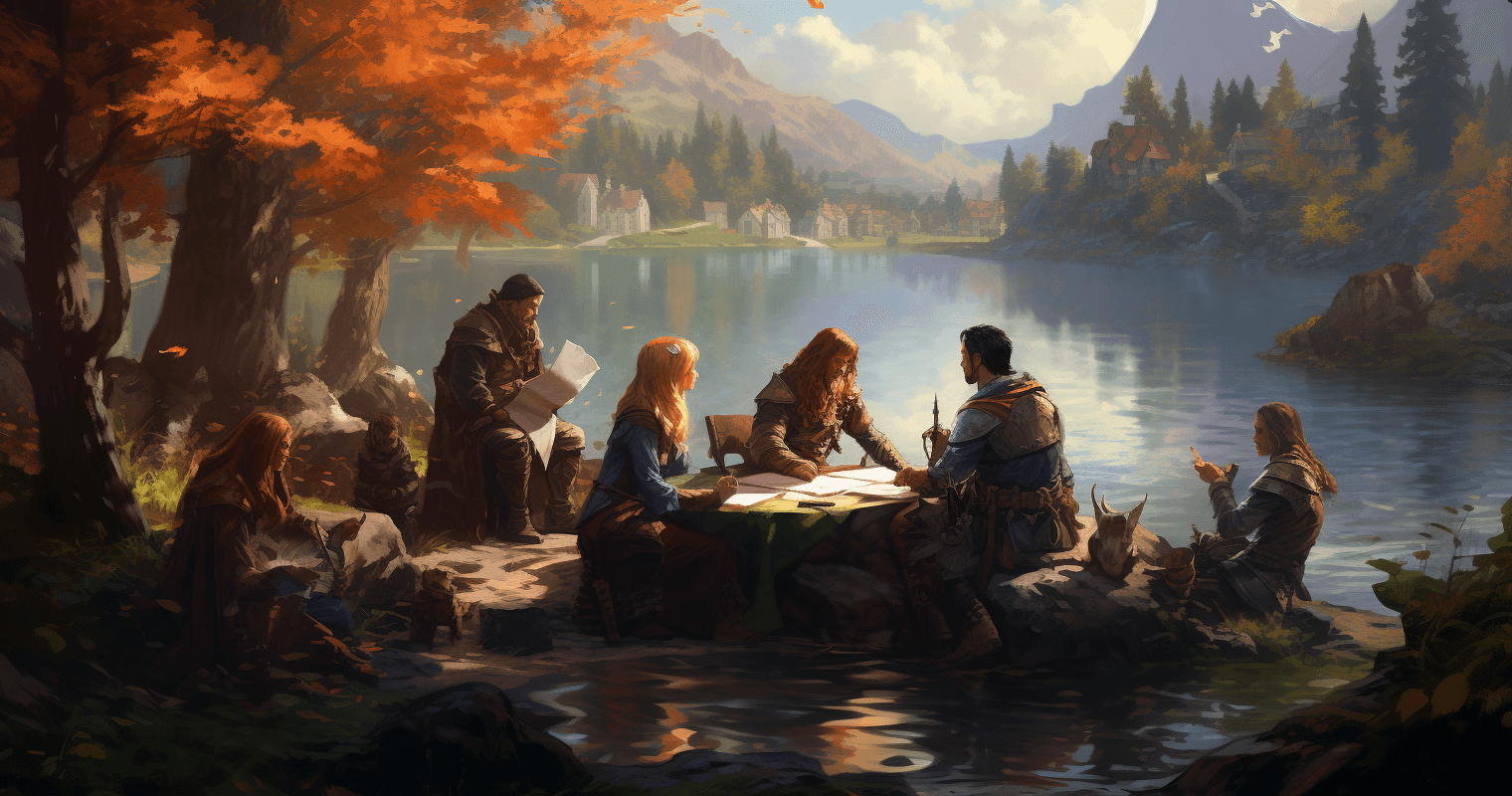
10 Key Terms Every Tabletop Gamer Must Know: The Language of Dice
If you’ve ever sat down at a table with a character sheet, some dice, and a story waiting to unfold, then you know how quickly the language of tabletop gaming starts to feel like a second tongue. Between “rolling for initiative” and celebrating a “Nat 20,” there’s a whole glossary of dice lingo that brings flavor, fun, and clarity to every campaign.
Whether you're brand new to Dungeons & Dragons or a seasoned adventurer who wants a quick refresher, understanding the language of dice helps you feel more connected to the game and your fellow players. These terms don’t just explain mechanics, they bring life to the narrative, adding drama, strategy, and unpredictability to every encounter.
Here’s a fan-favorite breakdown of the must-know dice terms that every tabletop gamer should have in their vocabulary.
Critical Hit (Nat 20): The Sweetest Roll in the Game
Let’s kick it off with a fan favorite. A Critical Hit, more lovingly known as a Nat 20, is when you roll a natural 20 on a twenty-sided die (D20) without modifiers. It’s like the game saying, “Yeah, that was awesome. Go all in.”
This is the moment when your fighter lands a perfect decapitation swing or your bard somehow convinces the king to give you his throne. In combat, a Nat 20 typically means you double your damage dice, and in roleplay-heavy groups, it often unlocks wild story moments or cinematic successes.
Rolling a Nat 20 never gets old. Trust me.
Critical Fail (Nat 1): The Funniest Way to Fail
On the flip side of glory is humiliation: the dreaded Nat 1. Rolling a natural 1 on a D20 is considered a Critical Fail, and it usually means things are about to get interesting, and not in the good way.
Maybe your rogue drops their dagger mid-backflip. Maybe your wizard tries to cast Fireball but ends up lighting their beard on fire. Nat 1s inject chaos and fun into the game, especially when players and Dungeon Masters get creative with the consequences.
Some DMs even house-rule additional effects for Nat 1s just to spice things up. Whether it’s hilarious, dangerous, or both, a Critical Fail adds unforgettable moments to any session.
Advantage and Disadvantage: Double the Dice, Double the Drama
Introduced in D&D 5th Edition and now a staple in many systems, Advantage and Disadvantage are game-changers.
- When you have Advantage, roll two D20s and keep the higher result.
- When you have Disadvantage, roll two D20s and take the lower result.
It sounds simple, but the tension it creates is unmatched. You roll once and hope. You roll with Advantage and feel lucky. You roll with Disadvantage and start sweating.
Whether you’re hiding in the shadows, resisting a spell, or trying to grapple an ogre, these mechanics add drama and strategy to every choice.
Saving Throw: Your Character’s Last Line of Defense
A Saving Throw is a dice roll that lets your character try to resist something dangerous, like poison gas, mind control, or a dragon’s fiery breath.
There are six types of saves, each tied to an ability score:
- Strength
- Dexterity
- Constitution
- Intelligence
- Wisdom
- Charisma
Failing a save can mean taking full damage or falling under a nasty condition. Passing one might let you shrug it off entirely or take half damage. Either way, saving throws are a lifeline, and knowing when to make one could be the difference between a heroic stand or a hasty retreat.
Hit Points (HP): Your Character’s Life Bar
Hit Points, or HP, represent how much damage your character can take before going down. Think of HP as your buffer between staying in the fight or needing someone to start rolling death saves.
Every class has different HP ranges. Barbarians are built to take a beating, while wizards are usually hoping to stay out of harm’s way. Losing HP brings tension to the table, while healing, potions, or resting keep the party going strong.
Keeping track of HP is one of the core mechanics of combat, and dropping to zero can trigger some of the most suspenseful moments in any campaign.
Dungeon Master (DM): The Storyteller Behind the Screen
The Dungeon Master, or DM, is the person running the game. They play every monster, NPC, and environmental force. They describe the world, set the tone, interpret the rules, and help guide the story based on player actions.
Basically, they’re the game’s narrator and referee rolled into one. A good DM keeps the story flowing, balances mechanics, and brings the whole experience to life.
If you’ve never tried DMing, give it a shot sometime. It’s one of the most rewarding roles in tabletop gaming and lets you unleash your creativity in ways you didn’t know were possible.
Initiative: Who Acts First When Combat Starts
Initiative determines the order of actions during combat. When the DM says, “Roll for initiative,” it’s go time.
You roll a D20 and add your Dexterity modifier. Whoever rolls highest acts first, then turns go in descending order. The higher your initiative, the better chance you have to control the battlefield before enemies strike.
Fast characters like rogues or monks often dominate initiative, while heavy hitters like fighters or paladins bring the pain once it’s their turn. Initiative adds a quick tactical layer that keeps combat fresh and exciting.
Min-Maxing: Optimizing for Maximum Impact
Min-Maxing is the strategy of maximizing your character’s strengths while minimizing weaknesses. Players who min-max dive deep into rules, builds, and mechanics to create highly efficient characters.
This might mean dumping Charisma for more Strength or picking feats and spells that align perfectly with your class. Min-maxing can make your character really effective in combat or skill checks, but it can also lead to less story-driven play if you’re not careful.
There’s nothing wrong with optimizing, but the best campaigns balance mechanics and roleplay for a richer experience.
Homebrew: Customizing the Game World
Homebrew refers to content that players or DMs create themselves instead of pulling directly from official rulebooks. That includes custom races, spells, settings, rules, and even entire campaigns.
Homebrew is where imagination thrives. Want to play as a sentient ooze who solves mysteries? Go for it. Want to use a new magic system or build a world inspired by pirate lore? Absolutely.
Many of the most legendary games come from homebrew content. It lets you shape the game around your group’s interests and style.
Table Talk: When Players Step Outside the Game
Table Talk is what happens when players speak out of character during the game. It could be strategy discussions, jokes, clarifying rules, or just reacting to what’s happening.
Some groups love it and keep things light and flexible. Others aim to stay in character as much as possible to maintain immersion. Either way, balancing Table Talk is key.
Too much and it can break the narrative flow. Used wisely, though, it enhances collaboration and keeps everyone on the same page.
Final Thoughts: Speak the Language, Enhance the Game
Learning the language of dice makes tabletop gaming more fun and more immersive. It helps you understand what’s happening, why it matters, and how to get the most out of each moment.
Whether you’re chasing that perfect Critical Hit, bracing for a Saving Throw, or laughing over a Nat 1, each term carries weight. They turn random rolls into memorable moments and strategy into storytelling.
So the next time you gather around the table, you’ll speak the same language as every other adventurer out there. From Critical Hits to Homebrew hijinks, you’ll be part of the shared magic that makes tabletop gaming so unforgettable.
Roll on, heroes. Your story is just getting started.
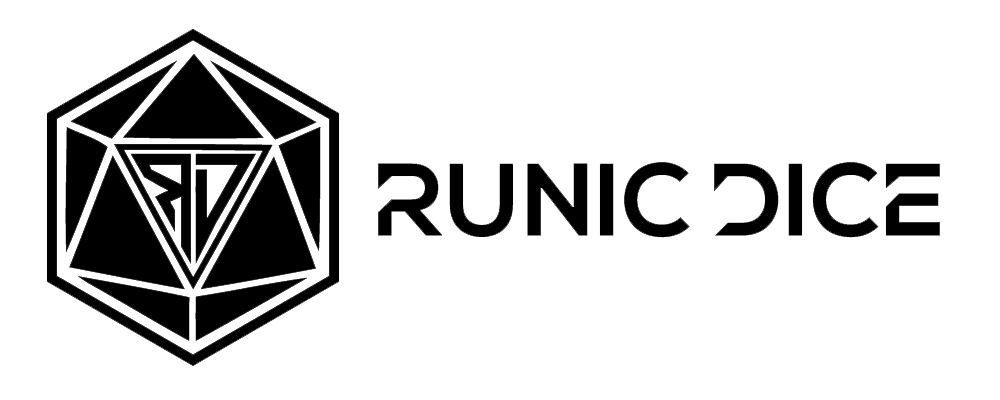



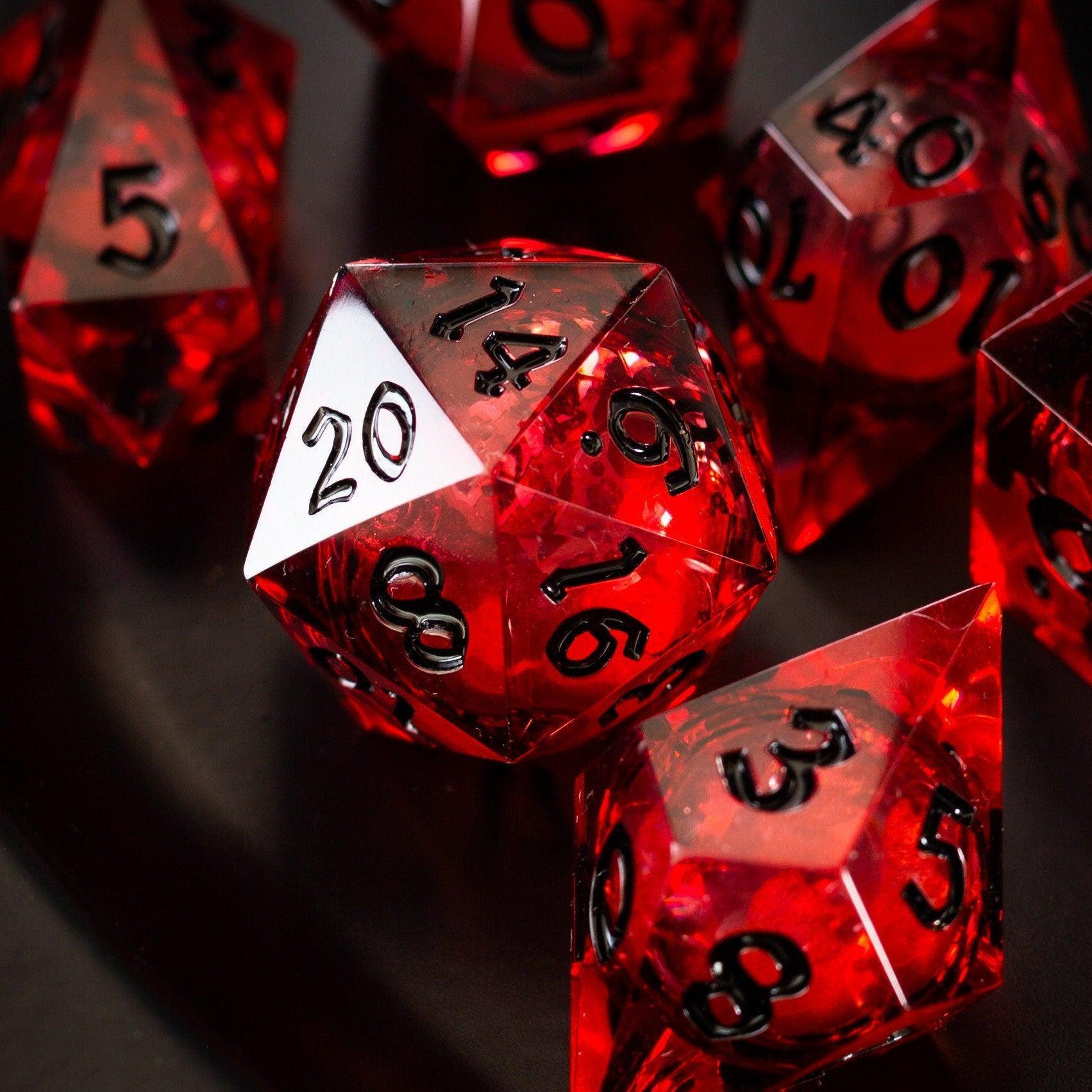
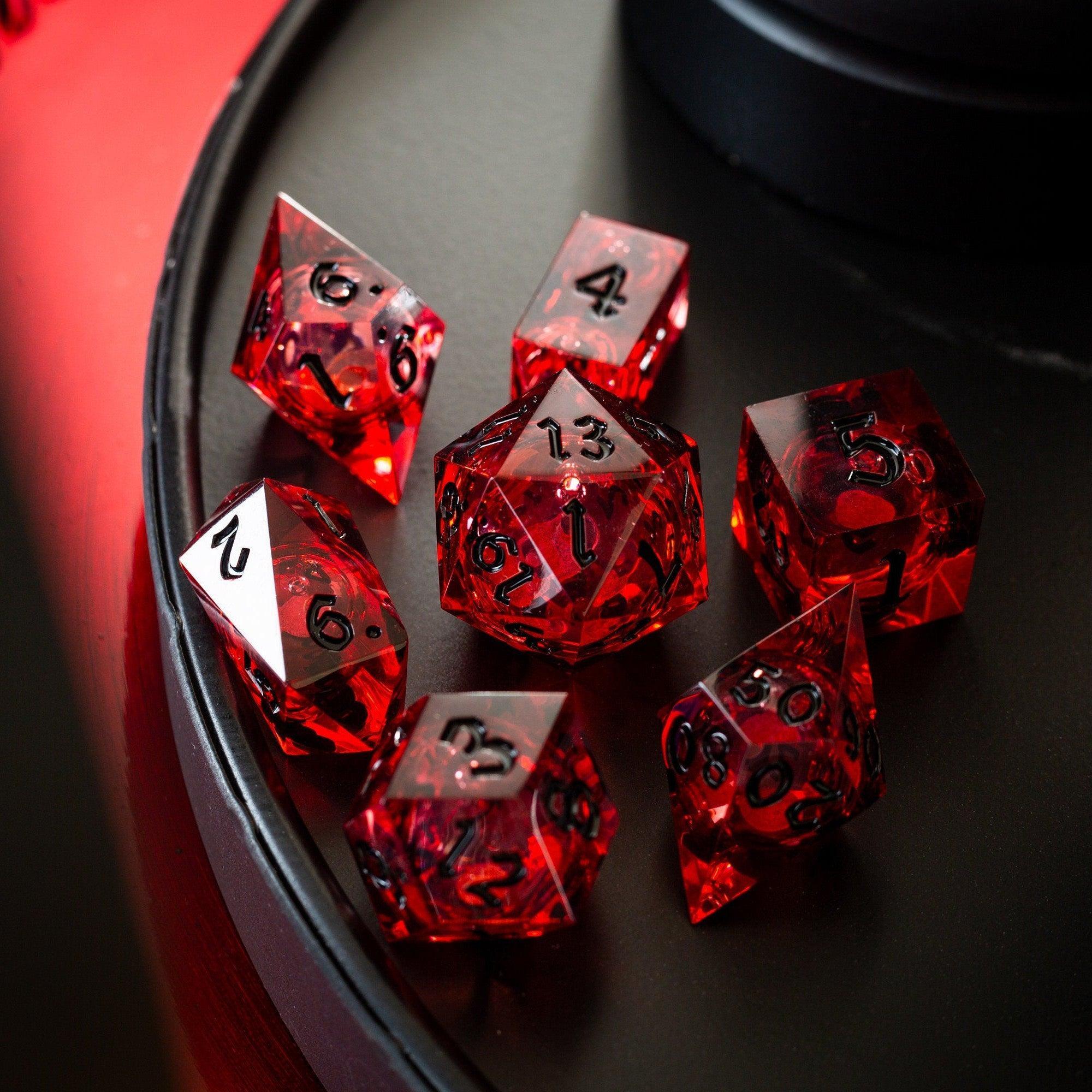
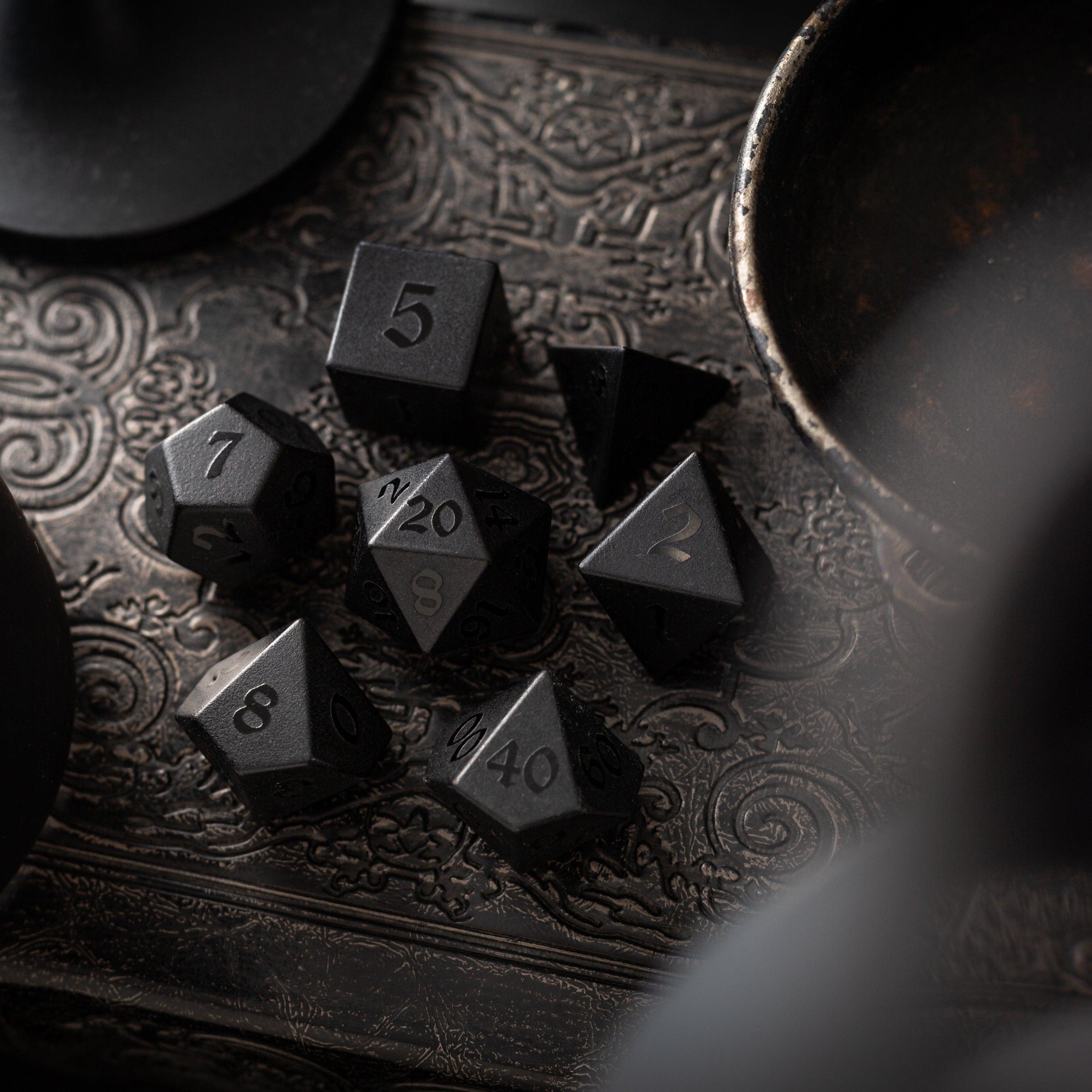
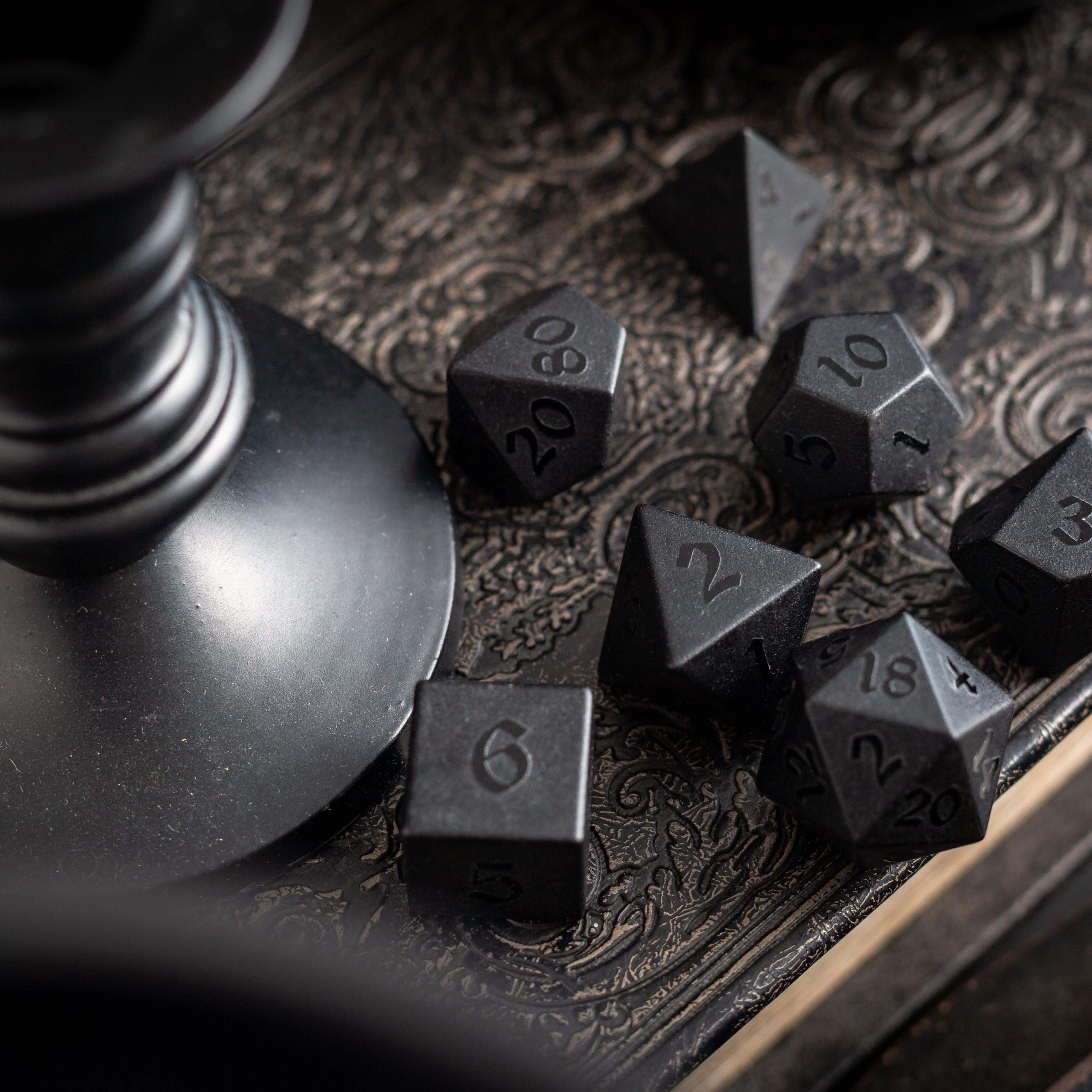
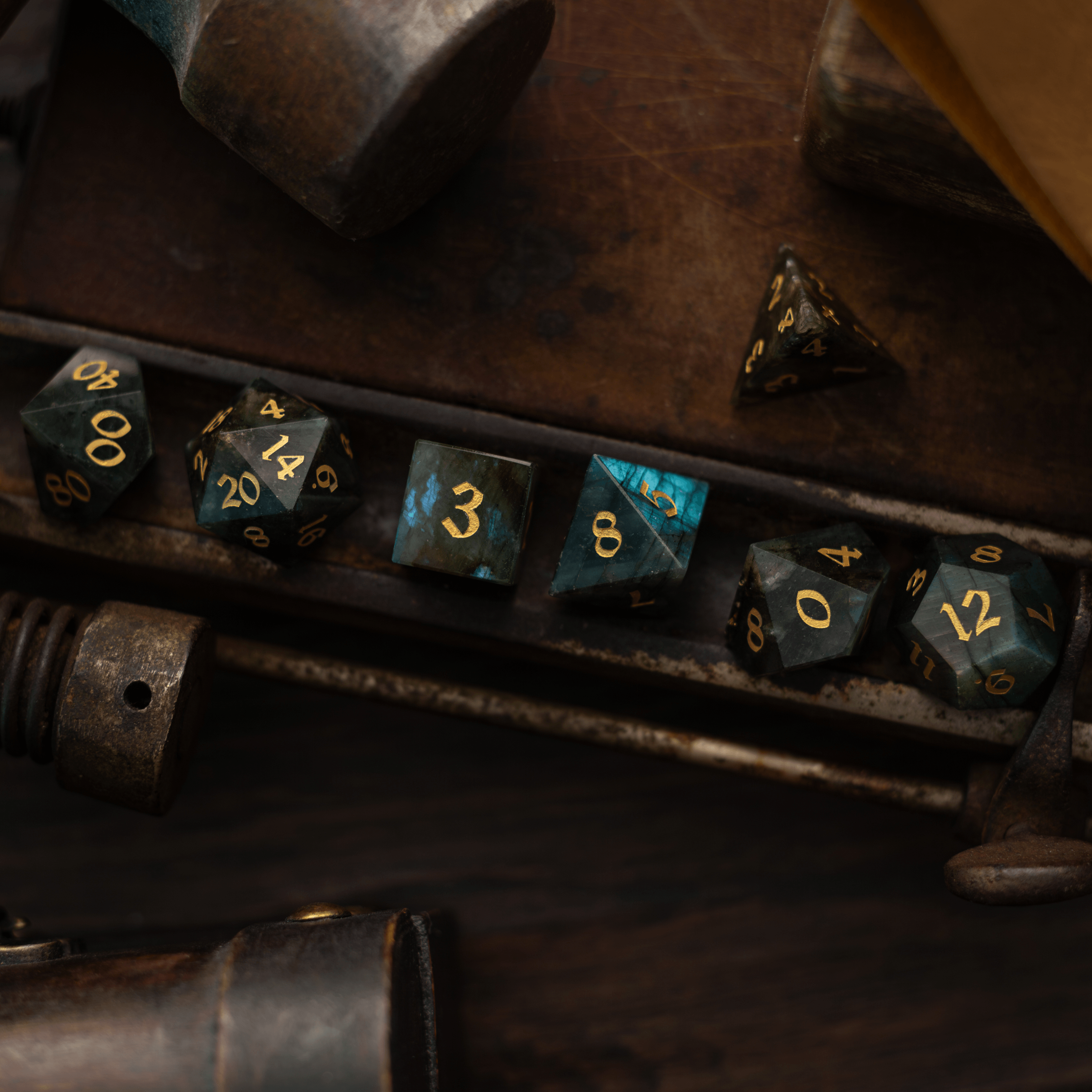
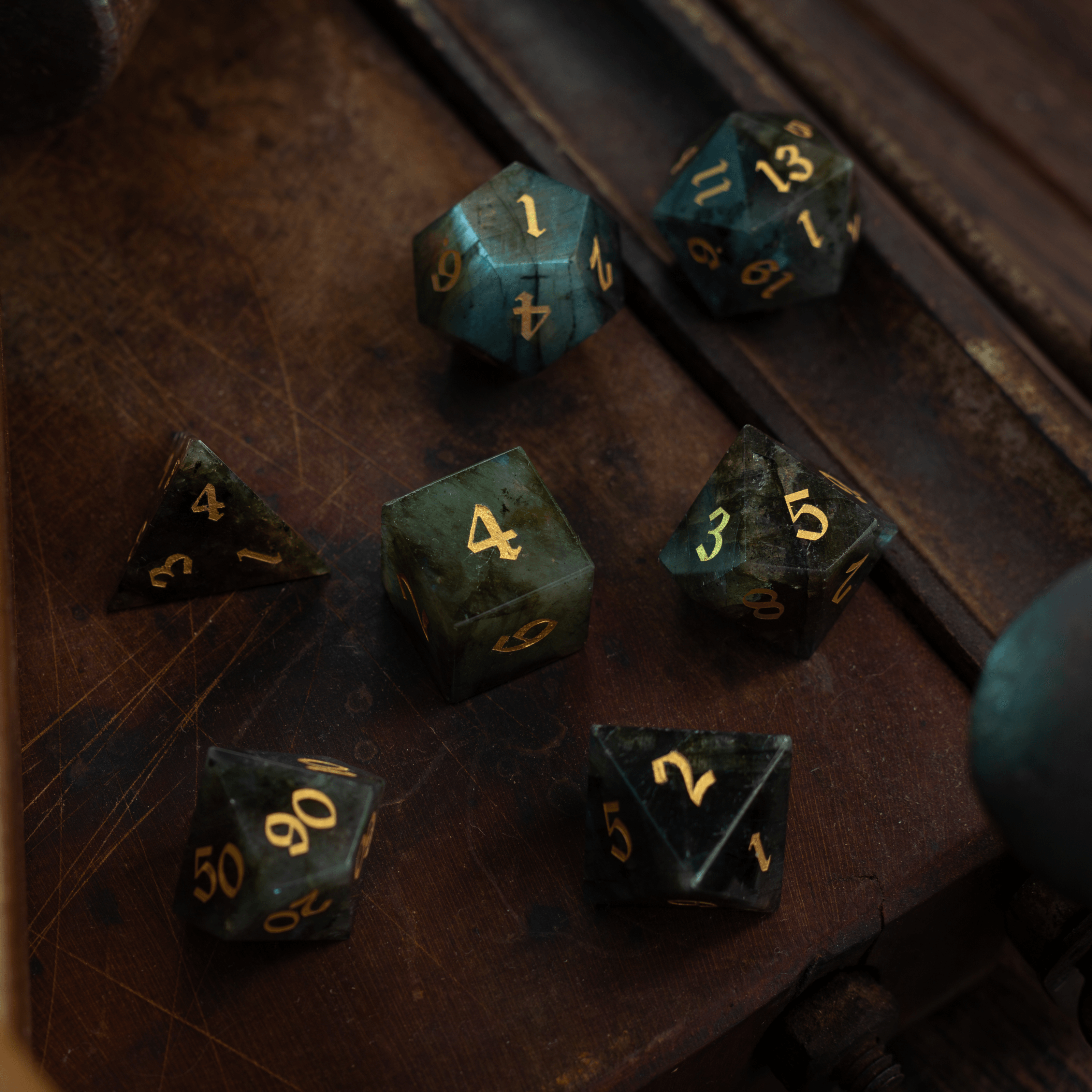
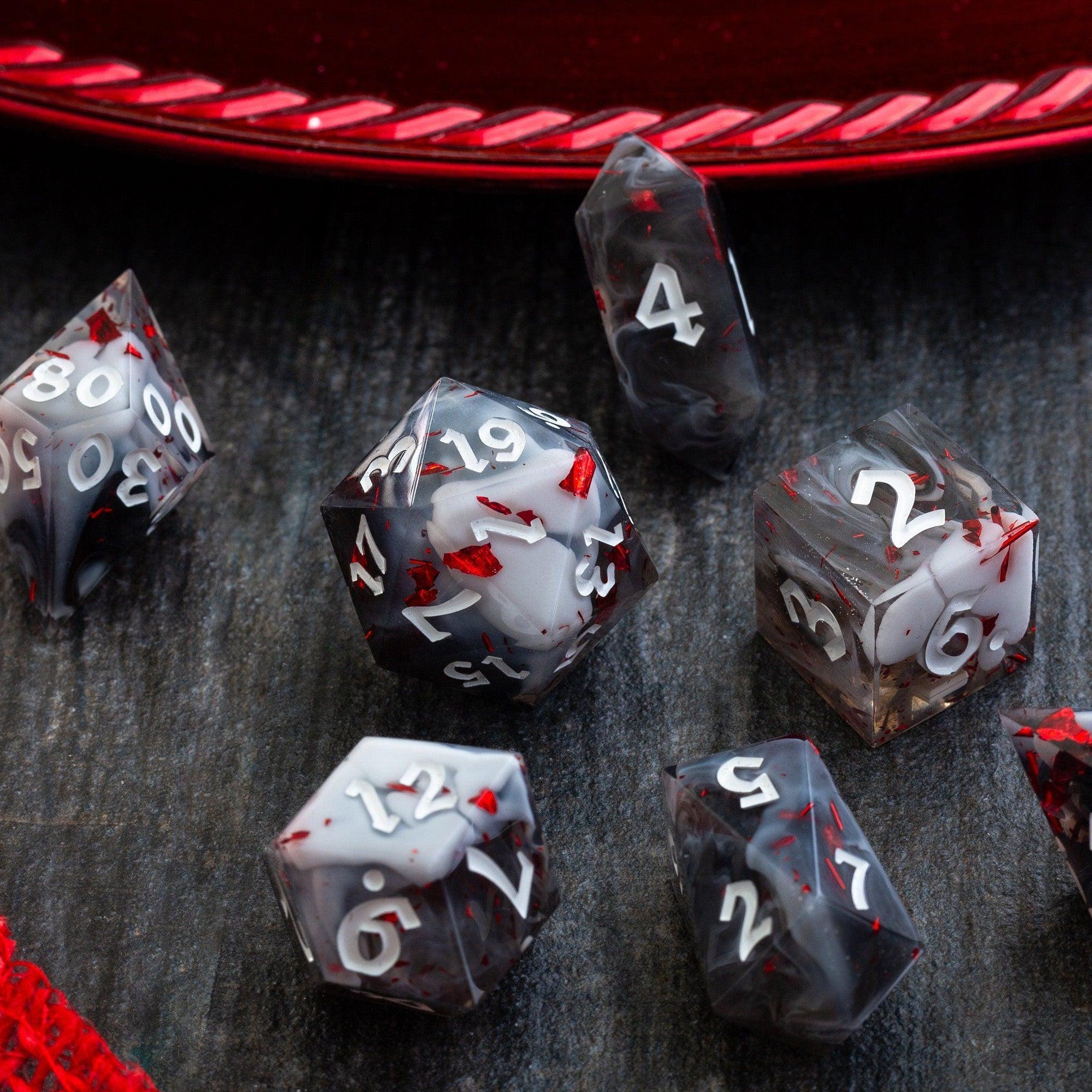
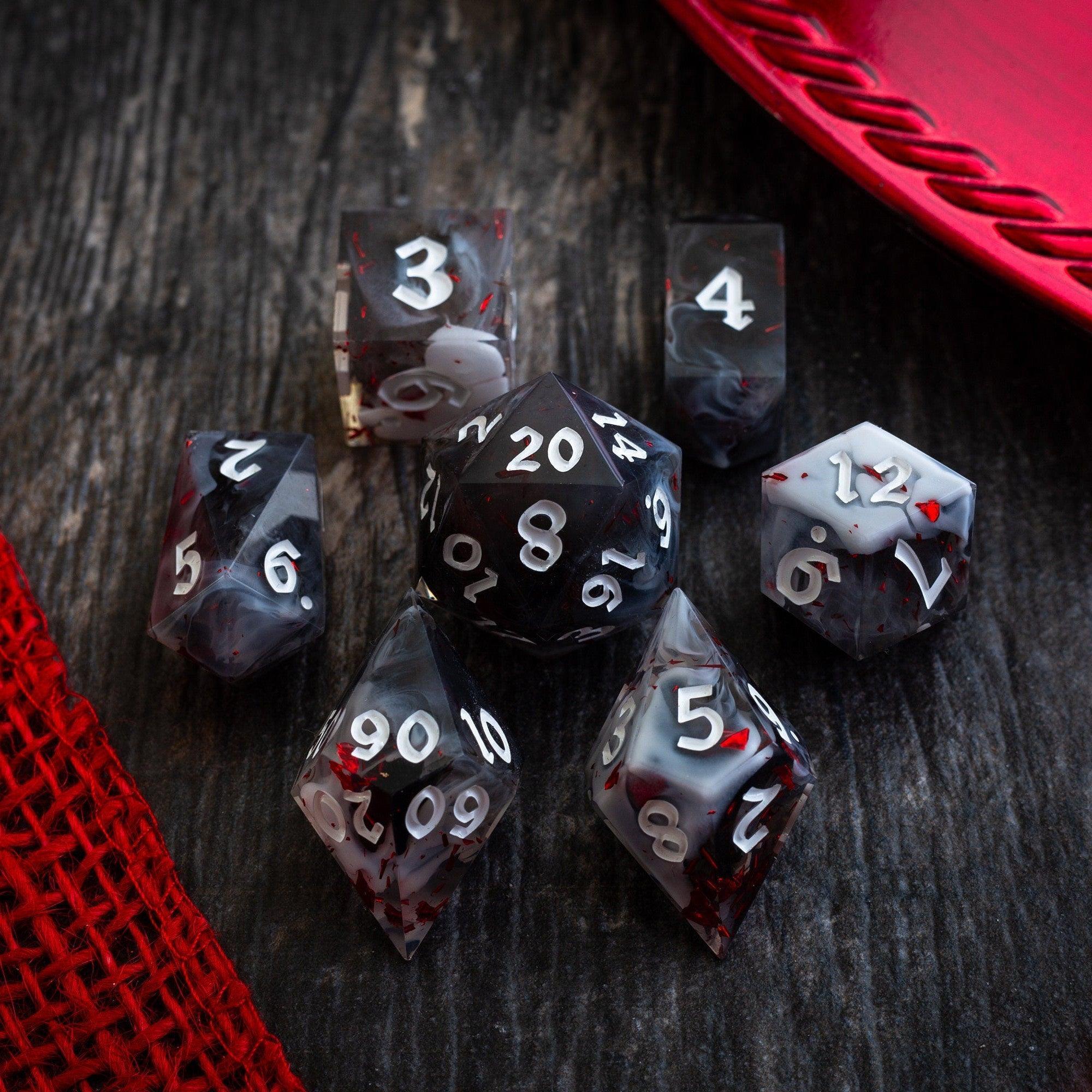
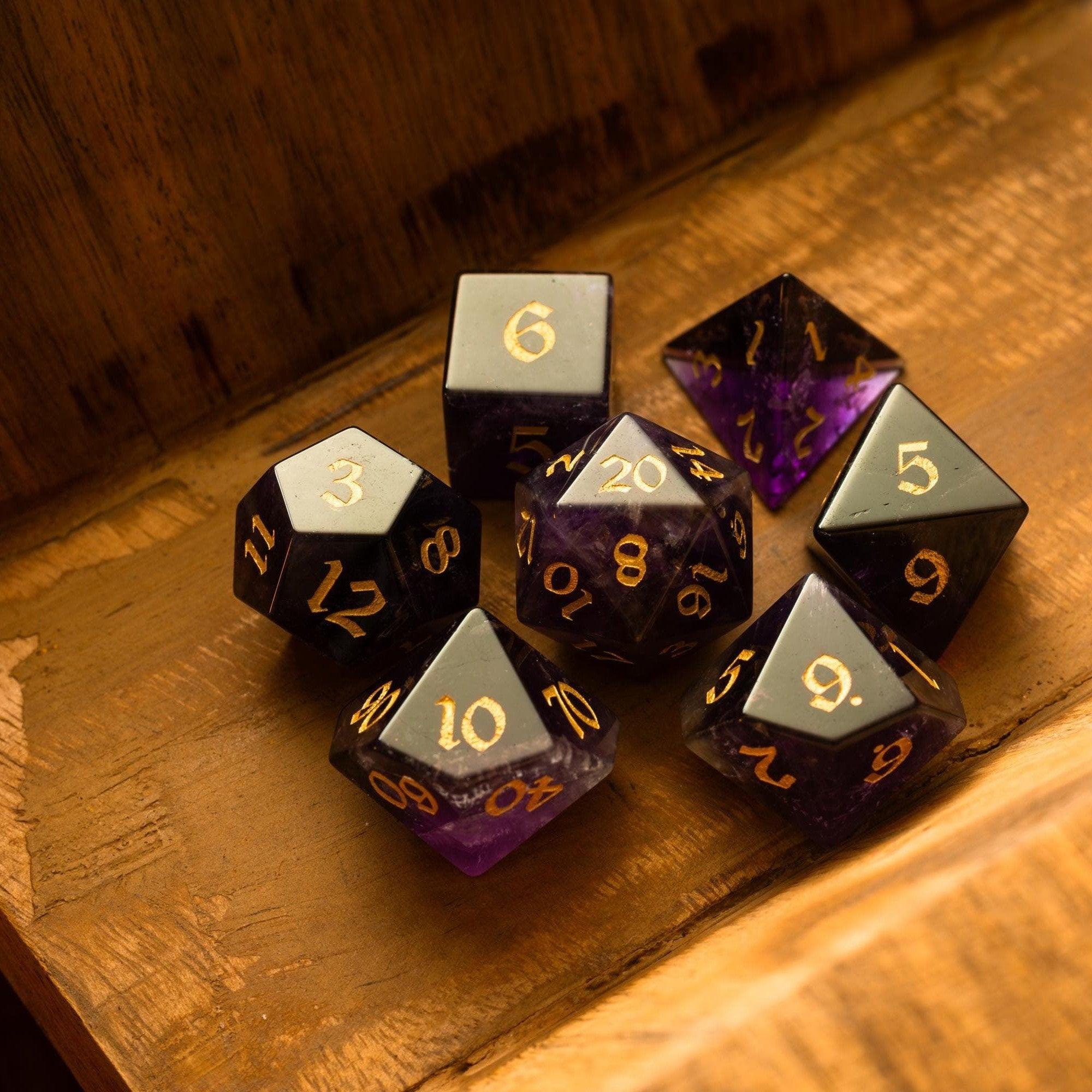
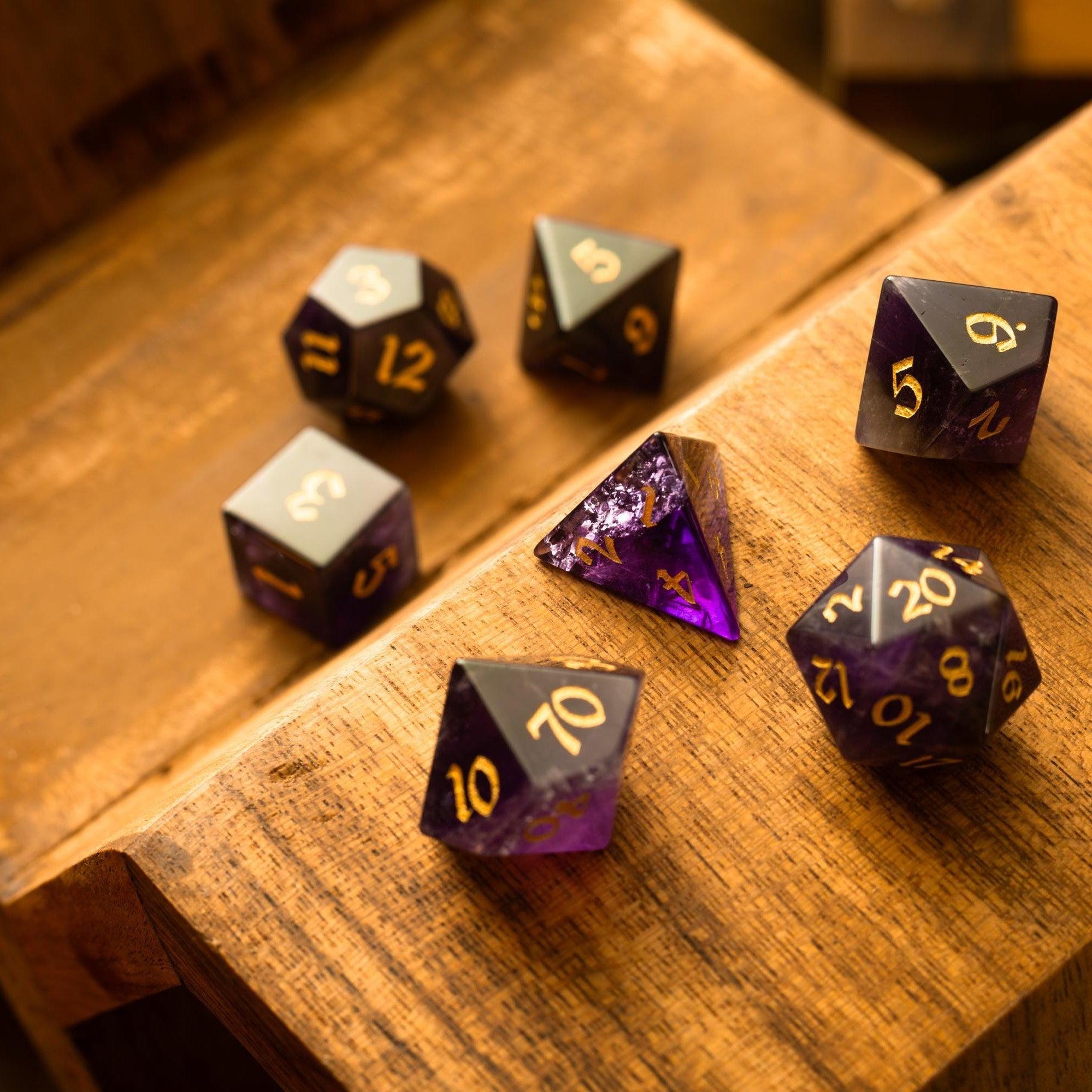
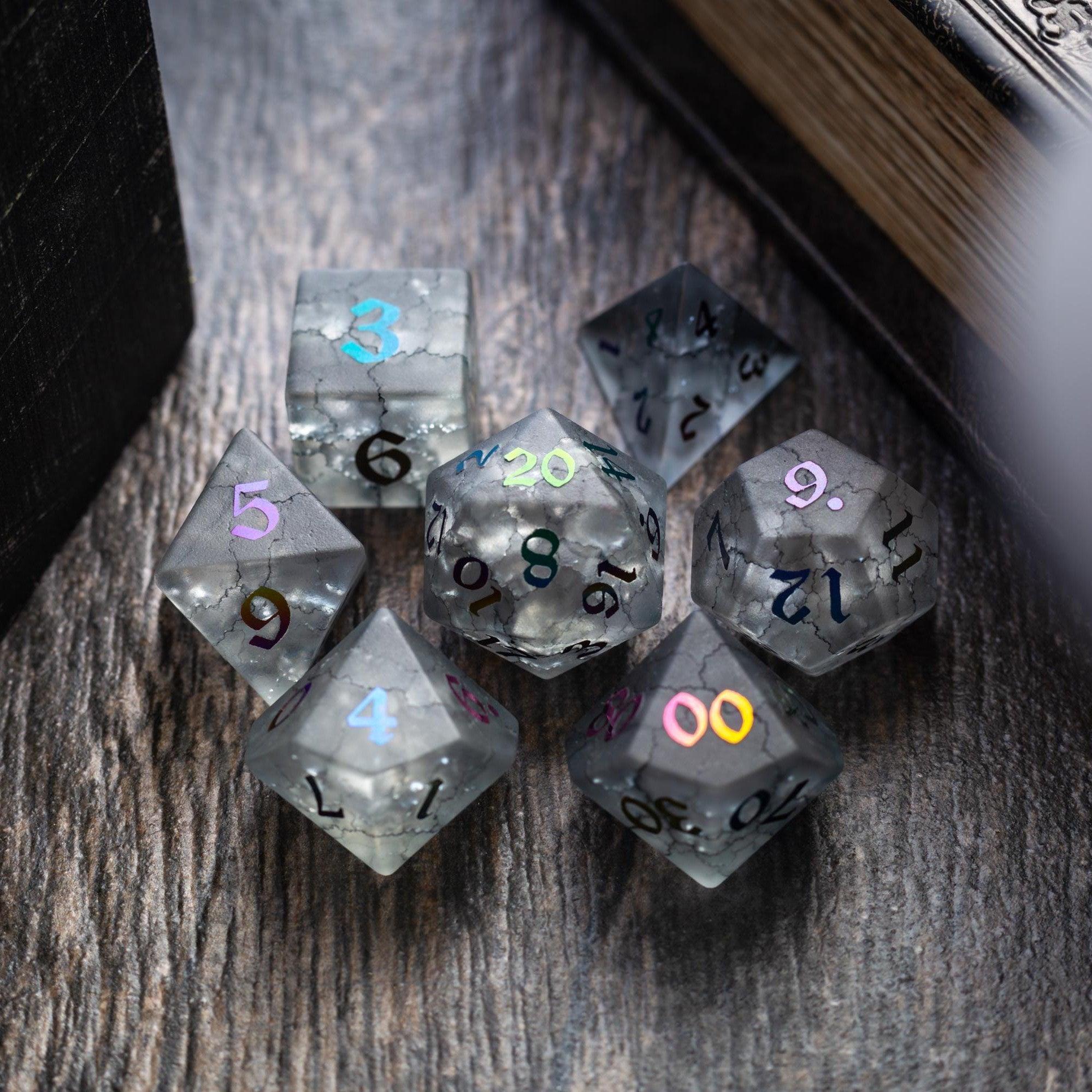
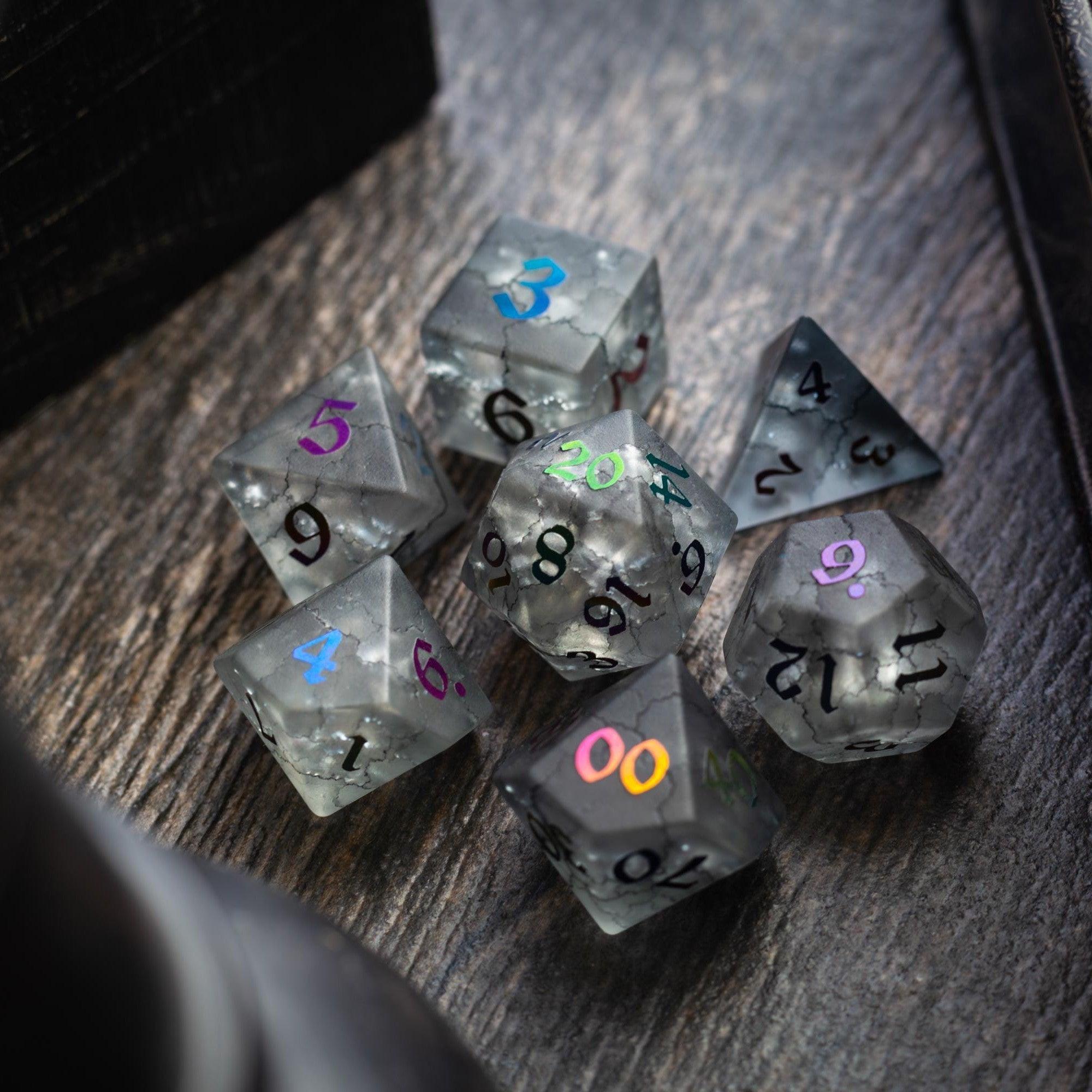
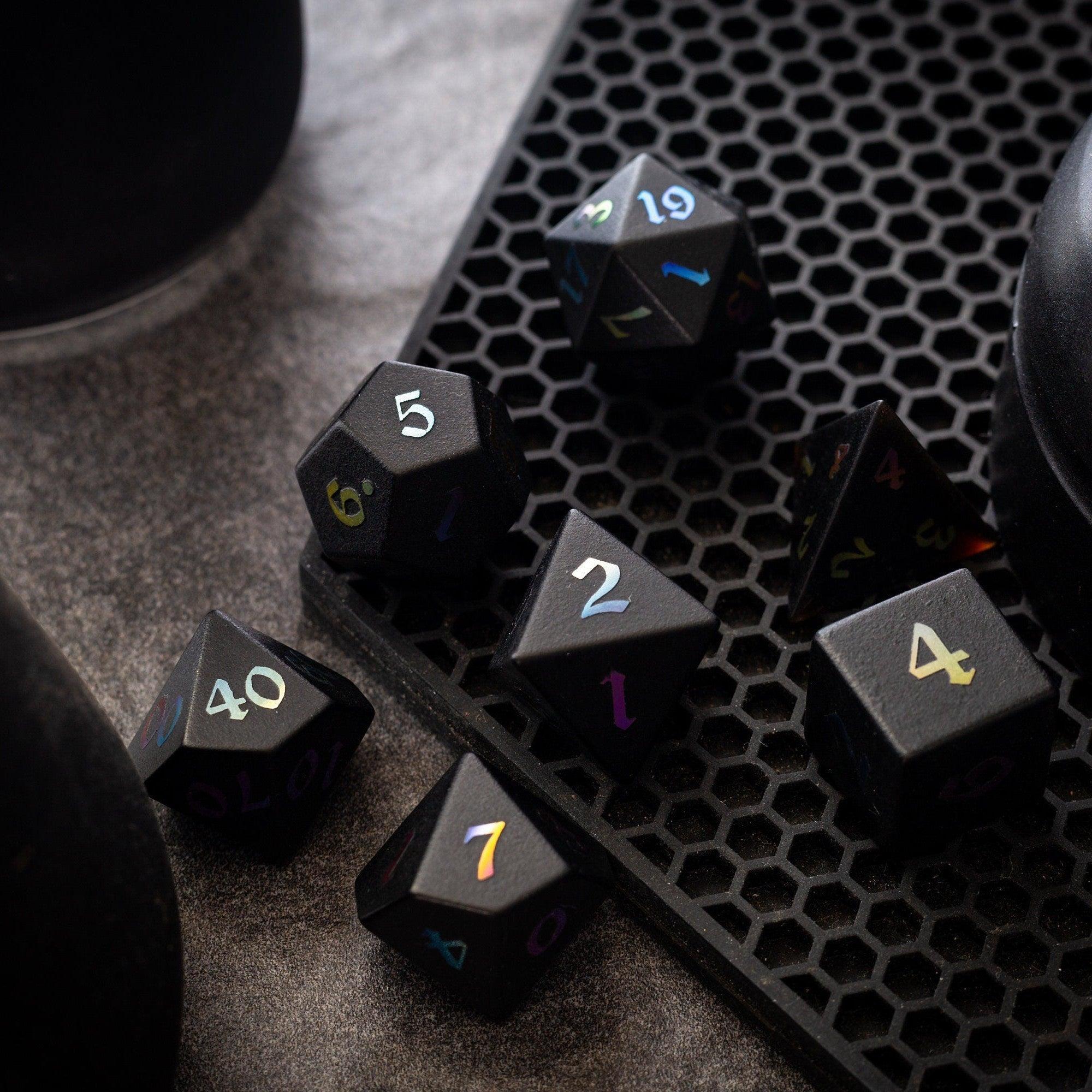

Leave a comment
This site is protected by hCaptcha and the hCaptcha Privacy Policy and Terms of Service apply.